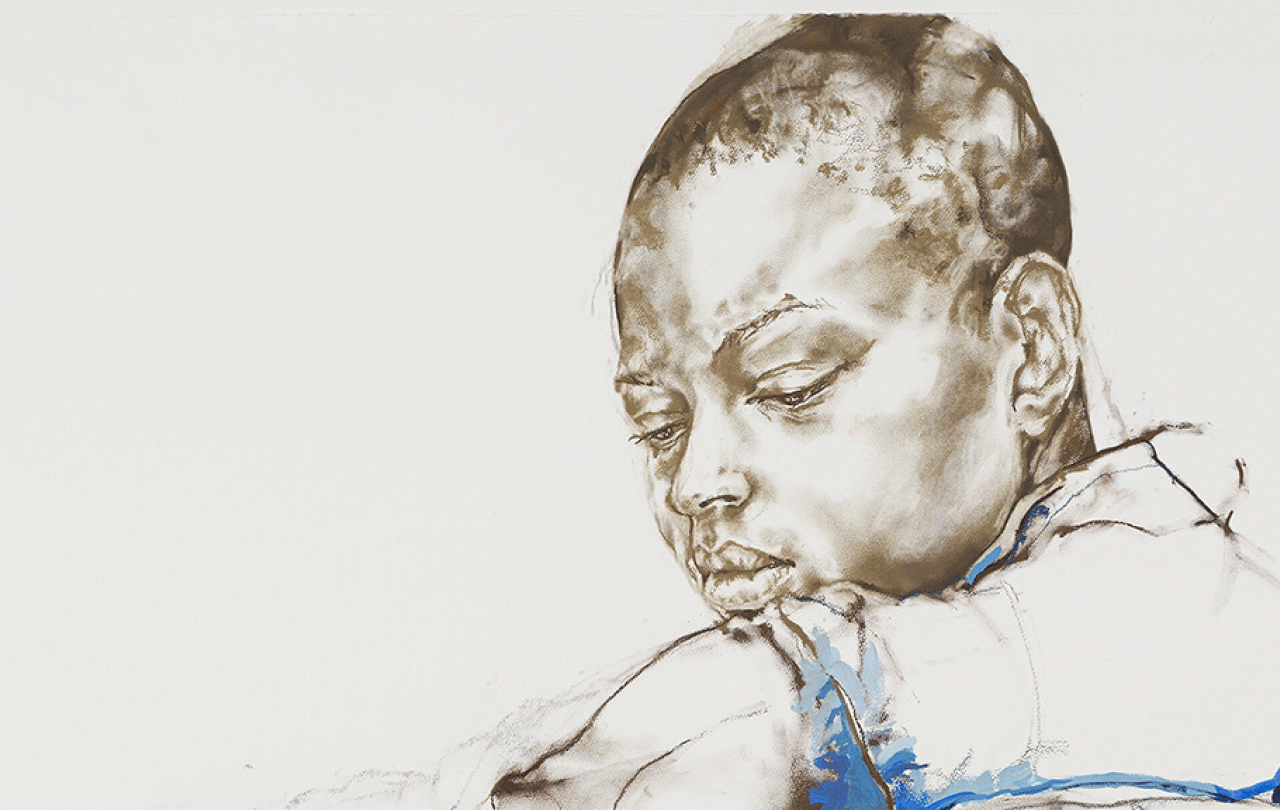
So, alas, no more WH Smith on the British High Street. Then, to add insult to injury, the chain of shops will be rebranded by the private equity firm, Modella Capital, as TG Jones. A move to ensure the stores retain “the same sense of family”.
Really?
I was surprised. Not by the news. We’ve seen so many once famous names disappear, another one is hardly noteworthy. But no, I was surprised by my reaction when I heard.
I’m not quite sure what the emotion was. It nestled somewhere between
“NO!”
and,
“They can’t be serious!”
Somewhere between warm-hearted nostalgia and gob-smacked incredulity.
I have loved Smith’s since forever. As a boy, in a small market town in Norfolk, the kiosk at our railway station was where I went to buy my Commando war story comics. As a teenager it was the music and video department I frequented. Then, newly married it was photo albums followed by all the school supplies of pencil cases and folders our growing family needed every August. Our memories exert a powerful influence on us.
But the nostalgia goes deeper than that. It is a British institution. WH Smith and Sons, as I originally knew it, began life in 1792 in a news vending shop established by Henry and Anna Smith in Little Grosvenor Street in London’s Mayfair.
Their grandson, William Henry (of the WH) joined the firm as a partner in 1846 and was responsible for their expansion through railway stations. Taking advantage of the boom in rail travel their first news stand was opened at Euston Station in 1848 by securing exclusive rights to operate with North Western Railways. This was swiftly followed with a similar deal with Midland Railways.
Across the years innovative entrepreneurship has been part of who they are. They pioneered wholesale warehouse distribution through their sites in Birmingham, Manchester, Liverpool and Dublin.
Then, along the way, in 1966 they introduced a 9-digit code to improve their book reference system. Eight years later their Standard Book Numbering (SBN) system had been universally adopted as the internationally recognised ISBN classification on the back cover of every published book.
Their company history also includes novel initiatives like a circulating library, a travel agency, the DIY chain Do It All, a 10-year ownership of Waterstones, satellite TV with their own sports channel in the mid-1980s, and more recently, in-store post offices and the online personalised greeting card brand, Funky Pigeon.
Smiths is a company that is deeply embedded in the life of our country. It’s deeply embedded in my life story too. Of course I’m going to feel nostalgic about it. But, do you know what, I can’t remember the last time I went into one of their iconic shops and actually bought something!
And that’s probably it, at least in retail. Any nostalgia on my part is, at most, only of the wistful variety.
As important as our personal history and heritage are in helping us understand ourselves, life is provisional, and our identity can change.
While the High Street shops do remain a going concern, it is their travel hub network in airports across the world that make the serious money and will retain the WH Smith branding. Hence, the change of name to TG Jones and the source of my “gob-smacked incredulity”.
Now it is easy to understand how a move from WH Smith to TG Jones makes a lot of sense. Modella Capital were swift to affirm that it is “business as usual”. All the stores will remain open, doing what they do now, with all the staff retained. Two initials and one of the most common surnames is replaced by two initials and one of the most common surnames.
Now the juxtaposition of Smith and Jones is very tempting in its offer to reference specific 1970s or 1980s TV shows. From a marketing perspective it is so cheesy, at least to anyone over 60. But to put that aside: what is in a name?
WH Smith is a 233-year-old company and remained in the hands of the family until 1972. It has a heritage that has real substance behind it. It is the genuine fruit of all that has gone before. TG Jones is a fiction. A necessary invention to fill the gap, to provide a new name in place of an original that has migrated elsewhere. As Charlotte Black, chief strategy officer at Saffron Brand Consultants observed:
“It feels incredibly close, a poor mirror of WH Smith and not necessarily very well thought through … I would say it feels hasty – an ‘insert here’ strategy – and a bit of a missed opportunity.”
Ultimately, it’s about identity. Superficially it appears that a genuine history is being supplanted by pure fabrication. Any “sense of family” in TG Jones is vacuous because TG Jones never existed. There is no back story.
WH Smith, on the other hand, does have a back story. Yet, having been a company run by shareholders since shortly after the second world war, how real is the “sense of family” there either? This is not the proverbial ‘mom and pop’ store. It is actually a corporate leviathan. There might be a sense of rootedness in the name, but a “sense of family” disappeared a long while ago.
Now, with the name gone, the High Street shops have even lost that sense of rootedness, however tentative it had become. Where does that leave their identity? I’m sure the branding consultants and marketing departments have been all over this. However, identity is not established just by saying that something is so.
Thinking about Smith becoming Jones then sent me down a rabbit hole of thoughts. So, bear with me here.
We all know about identity because we all have one.
At any given moment in time we are the product of a complex interplay of things. From our families and where we grew up, to the choices we’ve made and those that are foist upon us. The experiences we’ve had shape us. They make us into the people we are and help define our identity.
Yet nothing is set in stone. There is something intrinsic to life that is dynamic, ever-changing and open to all kinds of possibilities. It is dynamic and multi-dimensional and alive to endless possibilities.
In this sense, life is not deterministic, and our identity is not fixed. How we see ourselves and how others see us can change. As important as our personal history and heritage are in helping us understand ourselves, life is provisional, and our identity can change.
That change can be evolutionary or revolutionary, it can come from inside ourselves, or result from our responses to what comes at us from outside. Life is a constant process of becoming who we are. Our choices matter. They have consequences. Nothing stands still.
The possibility of turning life around, the opportunity of making fresh starts and hopeful visions for a better future have proven to be the bedrock of human resilience. The essential ingredients to ‘pick yourself up, dust yourself off, and start all over again’, to quote the famous 1930s standard. They’re also foundational insights that underpinned what Jesus stood for and taught. Proven across the range of human life, activity and ingenuity
But back to TG Jones, I think I’m with Charlotte Black, the renaming is hasty, ill-thought through and a missed opportunity. Maybe the name will go the same way as Royal Mail’s abortive makeover as ‘Consignia’ in 2002. Identity is more than branding; we will know it by its fruit.
In the meantime, when the new regime has established itself, I may swing by to see what they’ve done with the old place.
Celebrate our 2nd birthday!
Since March 2023, our readers have enjoyed over 1,000 articles. All for free. This is made possible through the generosity of our amazing community of supporters.
If you’re enjoying Seen & Unseen, would you consider making a gift towards our work?
Do so by joining Behind The Seen. Alongside other benefits, you’ll receive an extra fortnightly email from me sharing my reading and reflections on the ideas that are shaping our times.
Graham Tomlin
Editor-in-Chief





